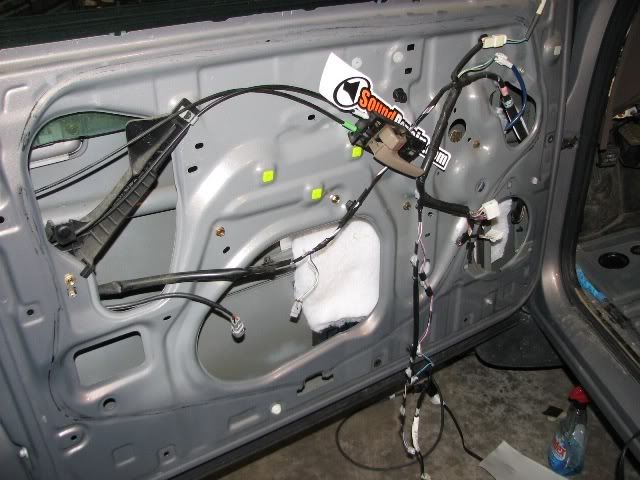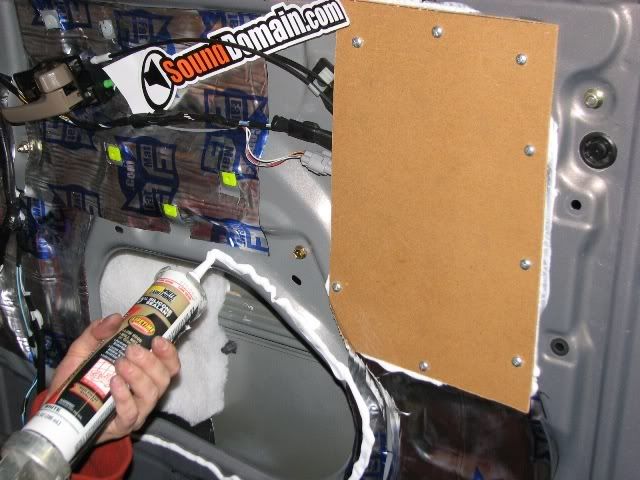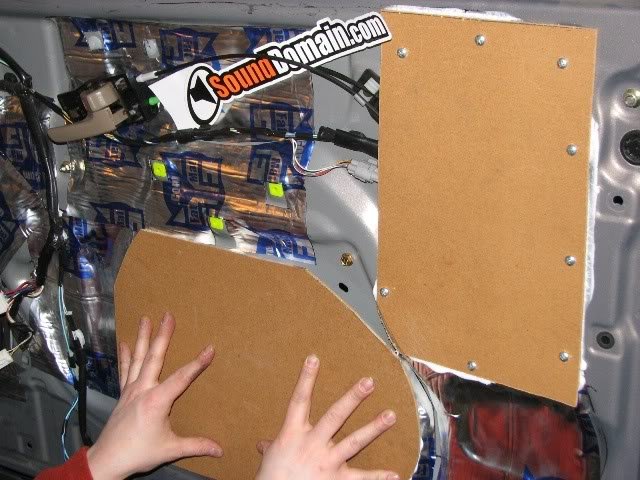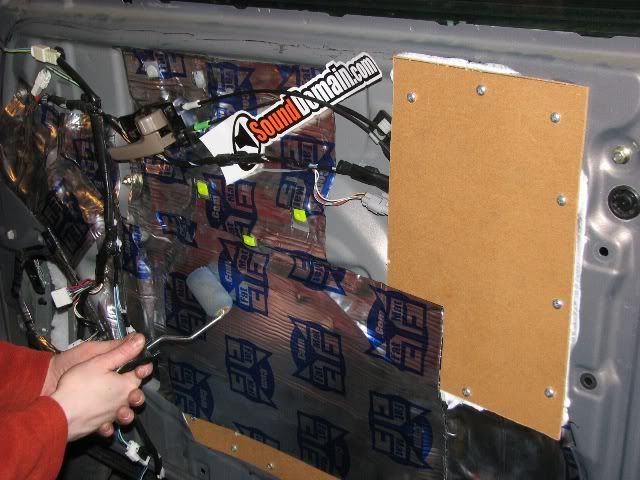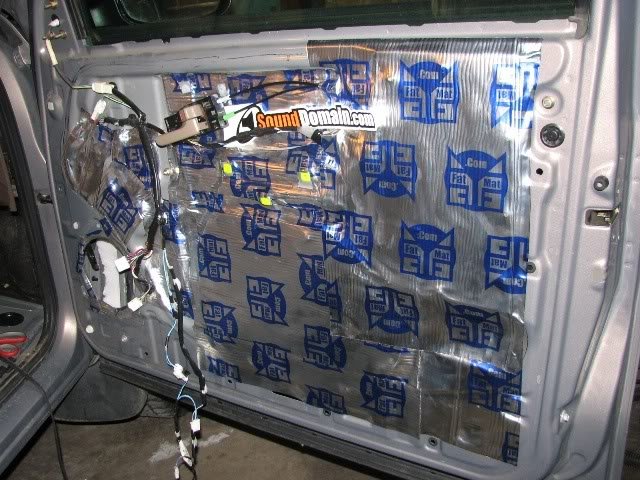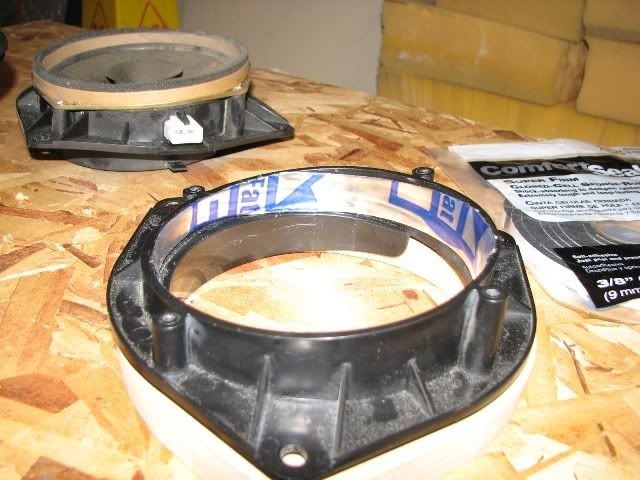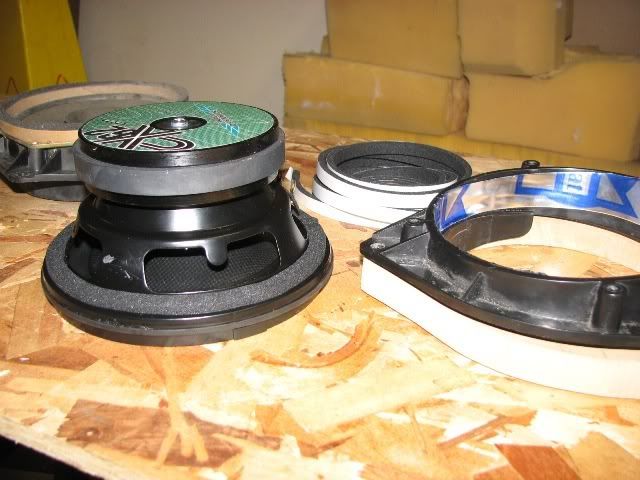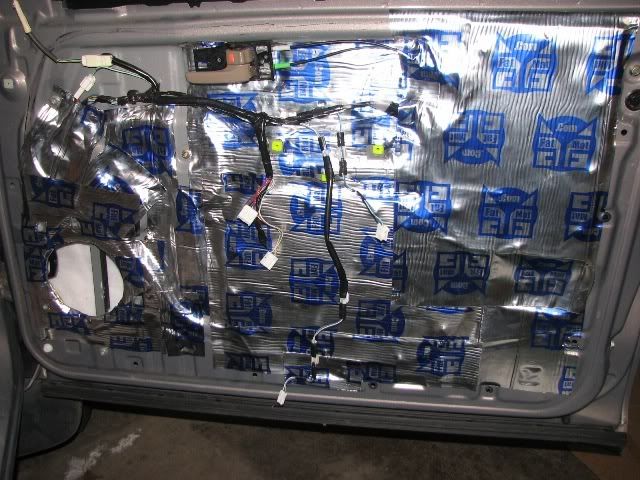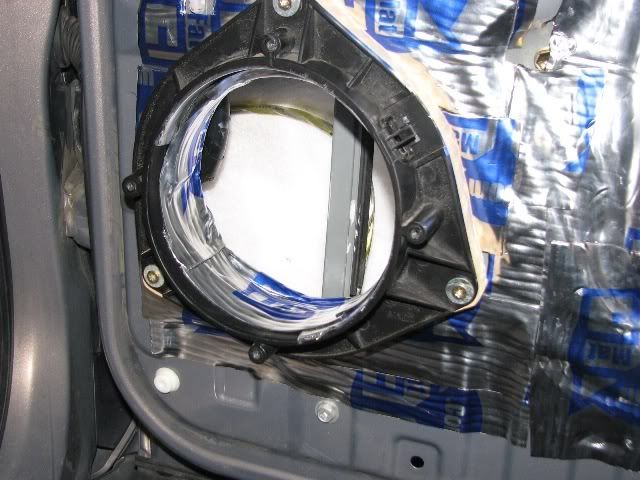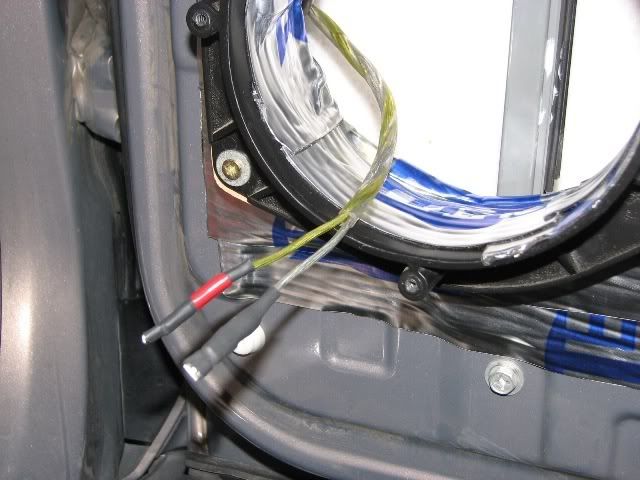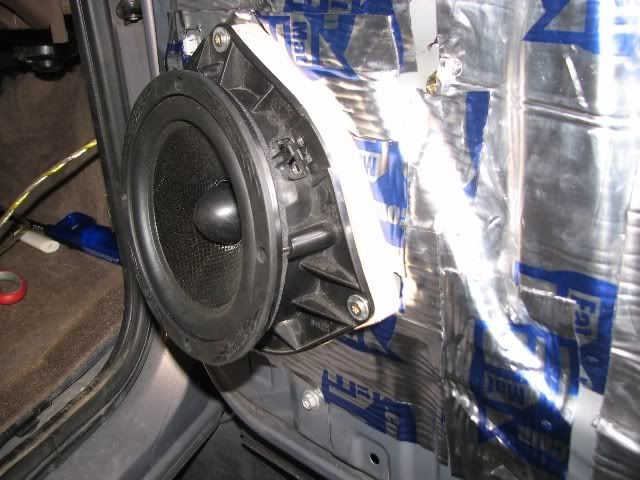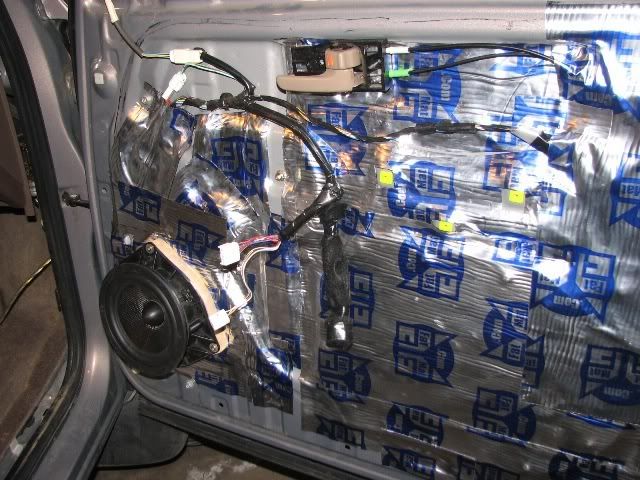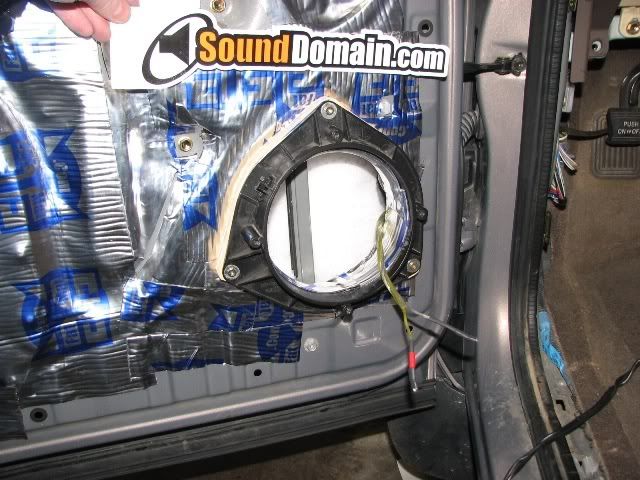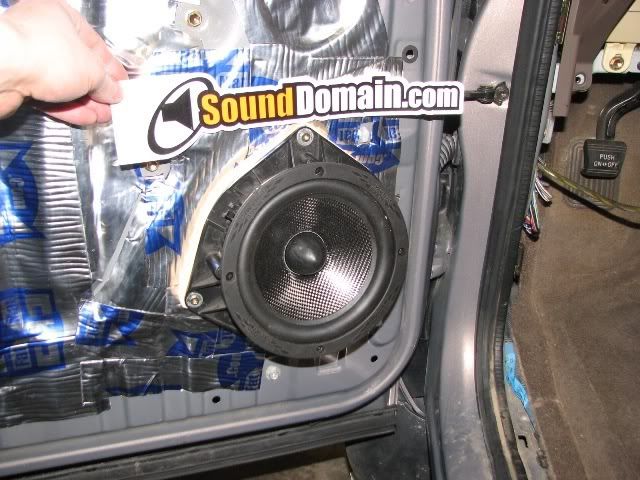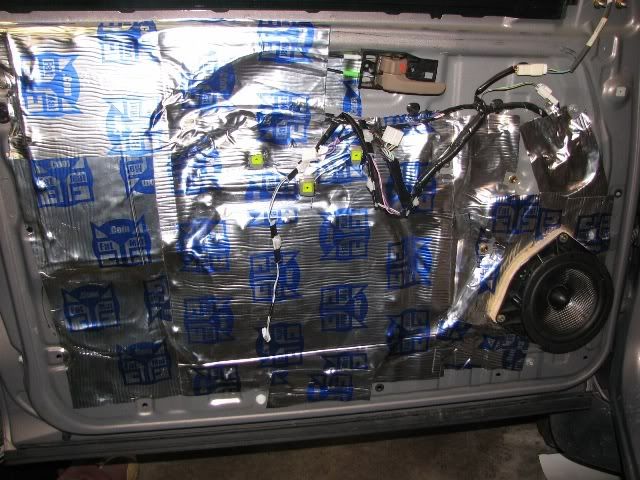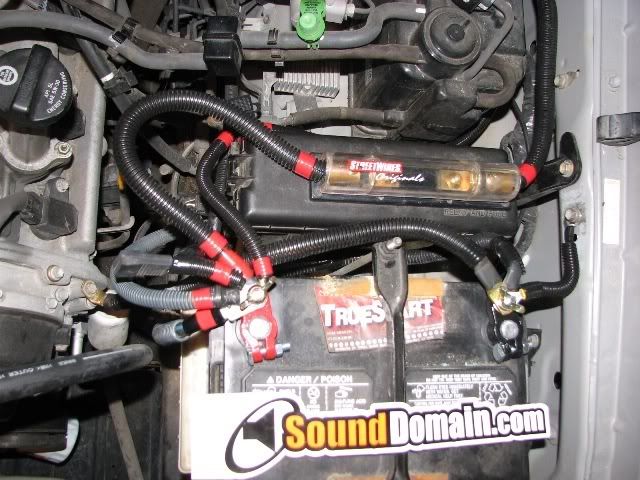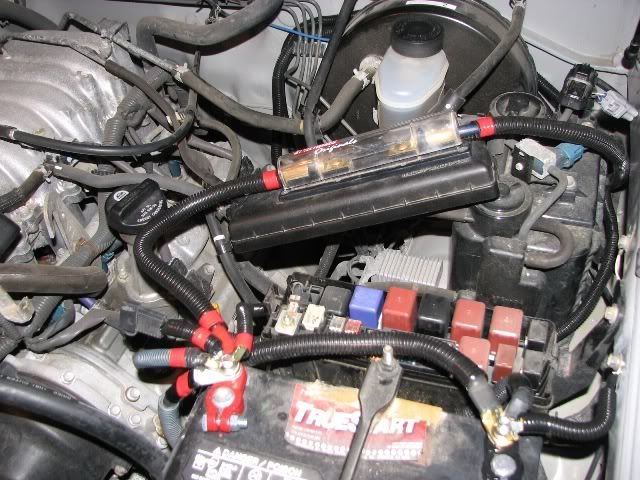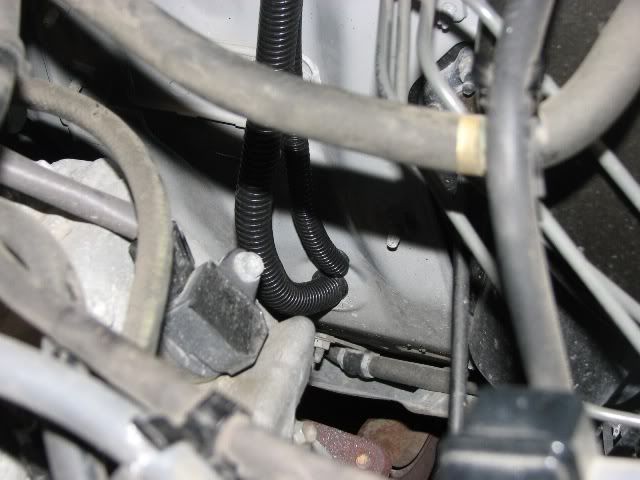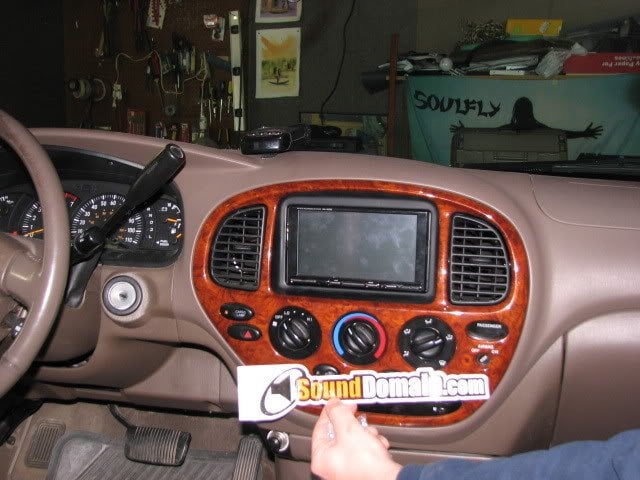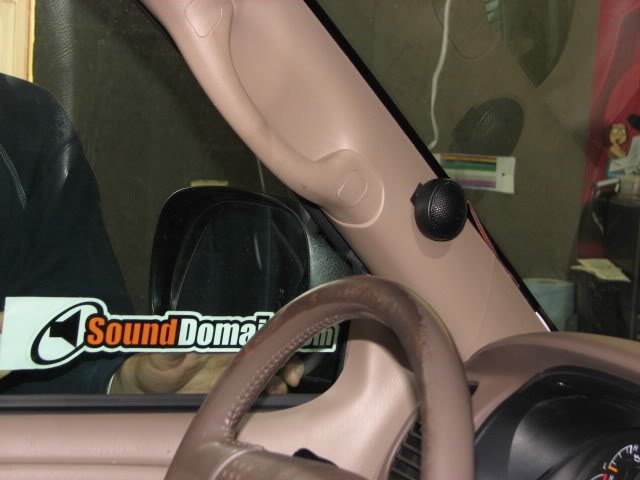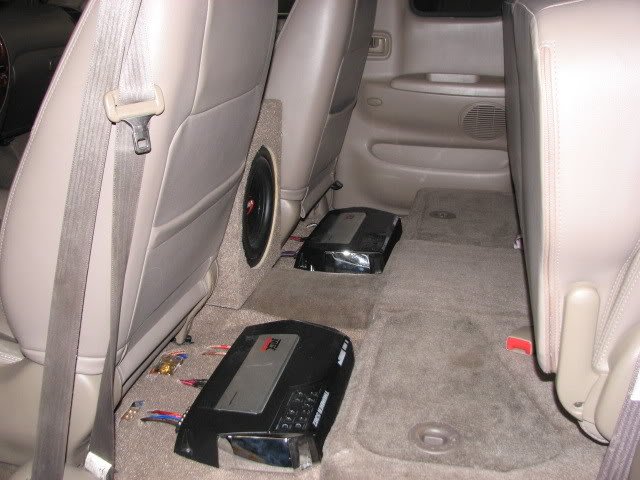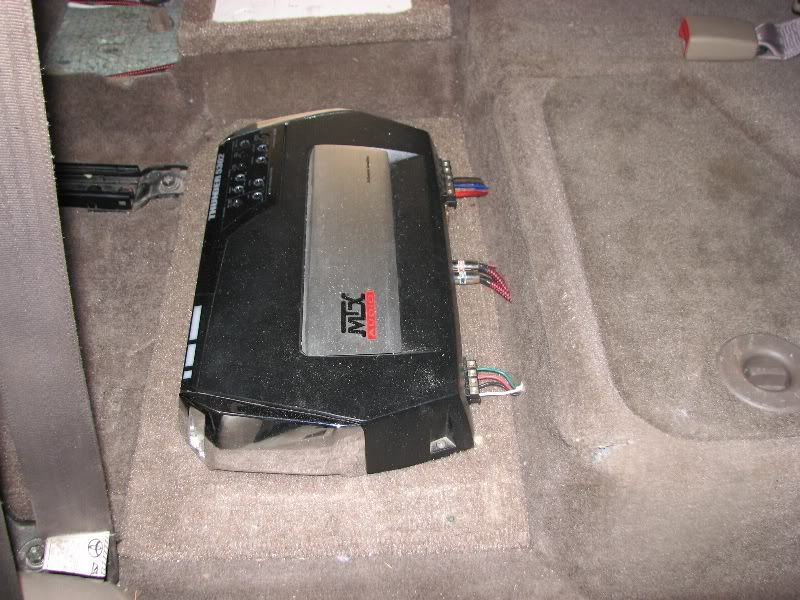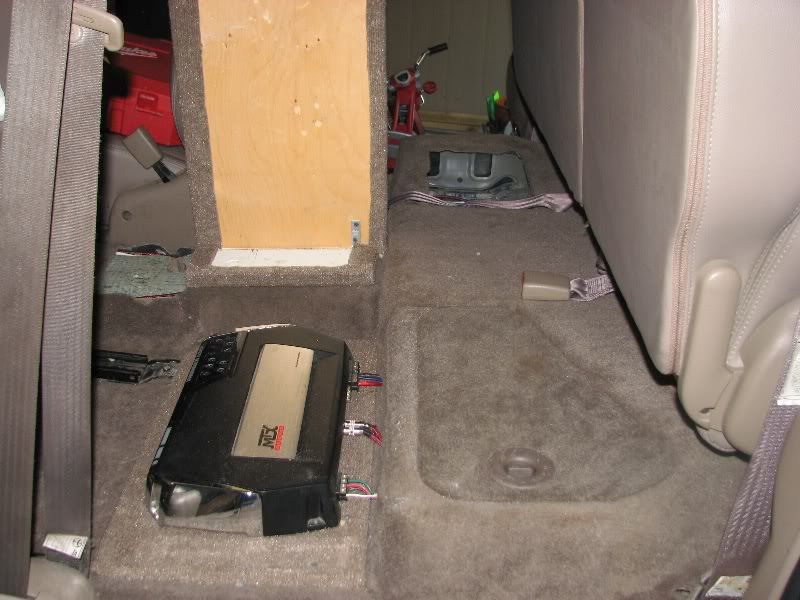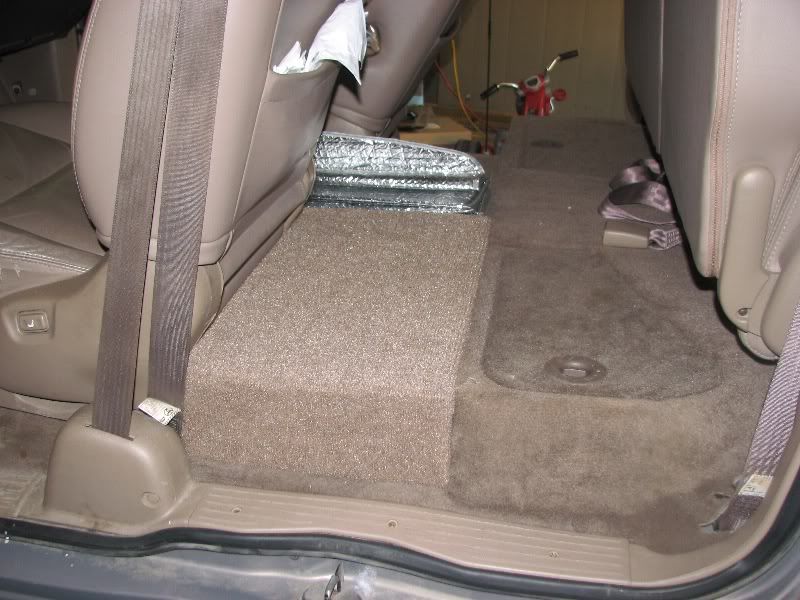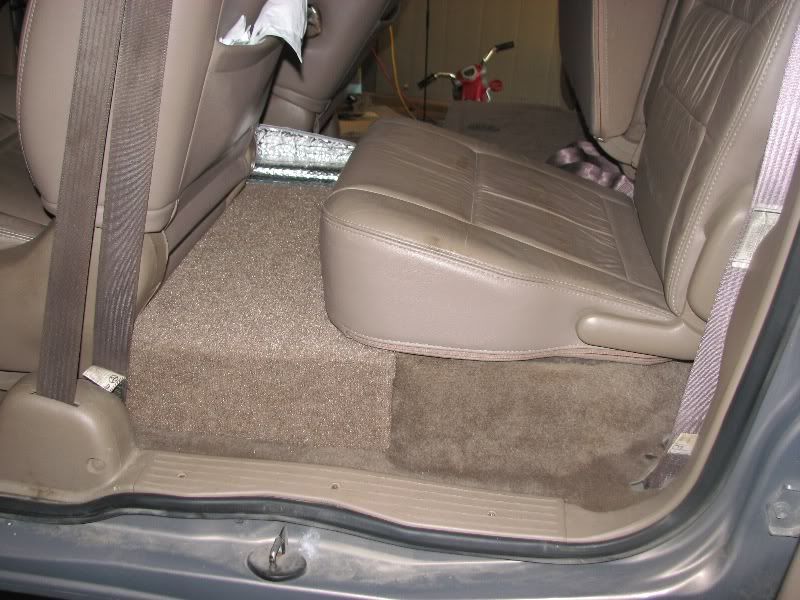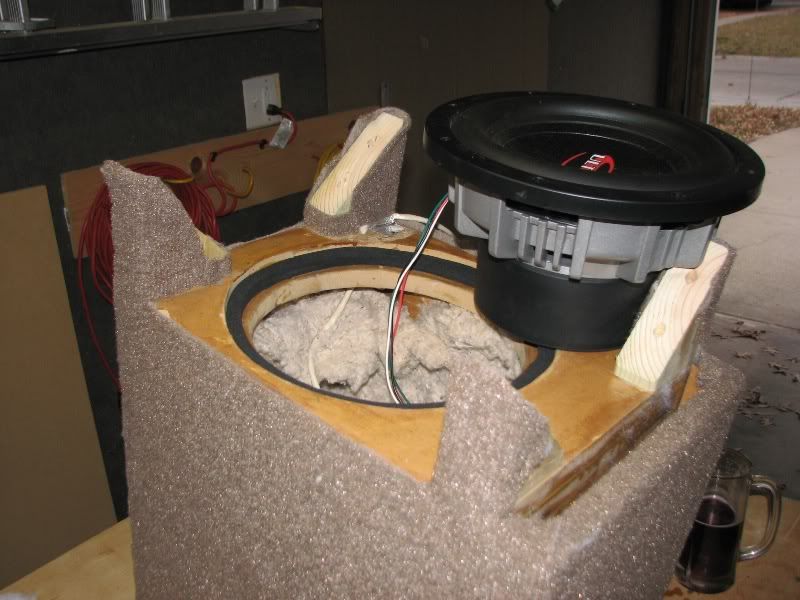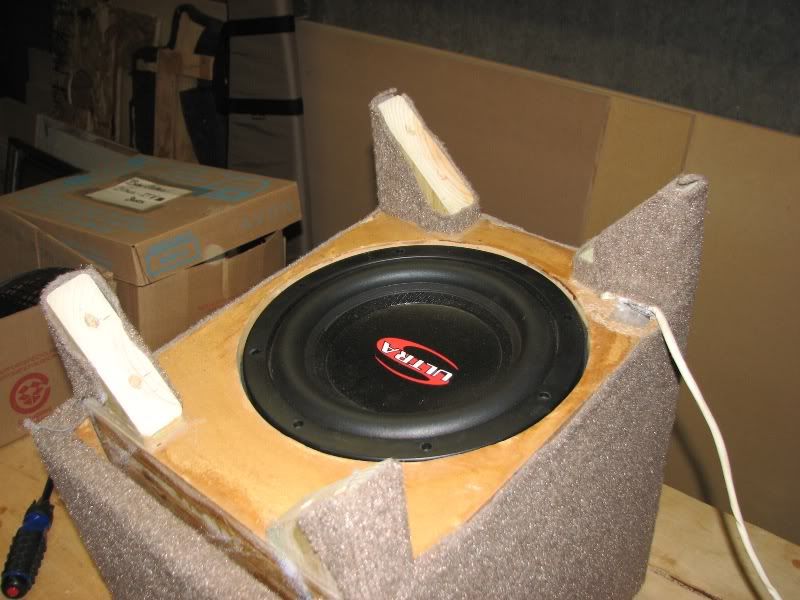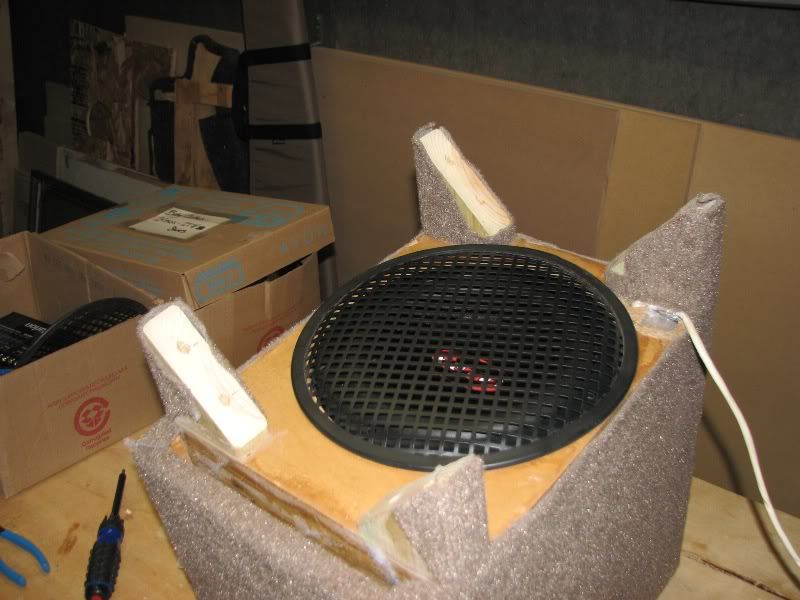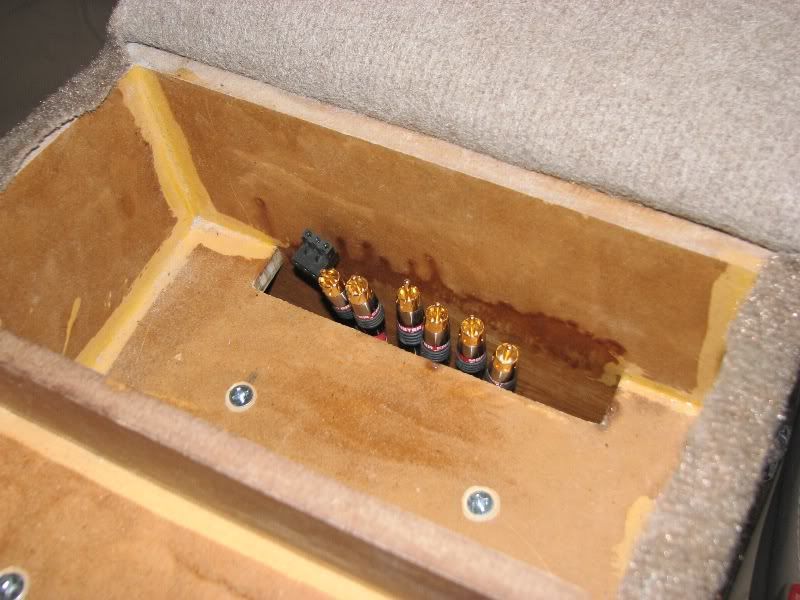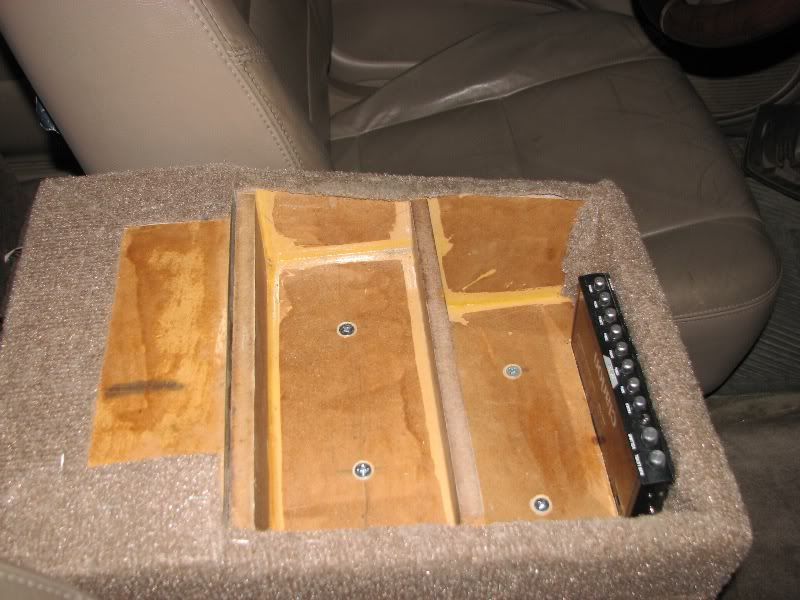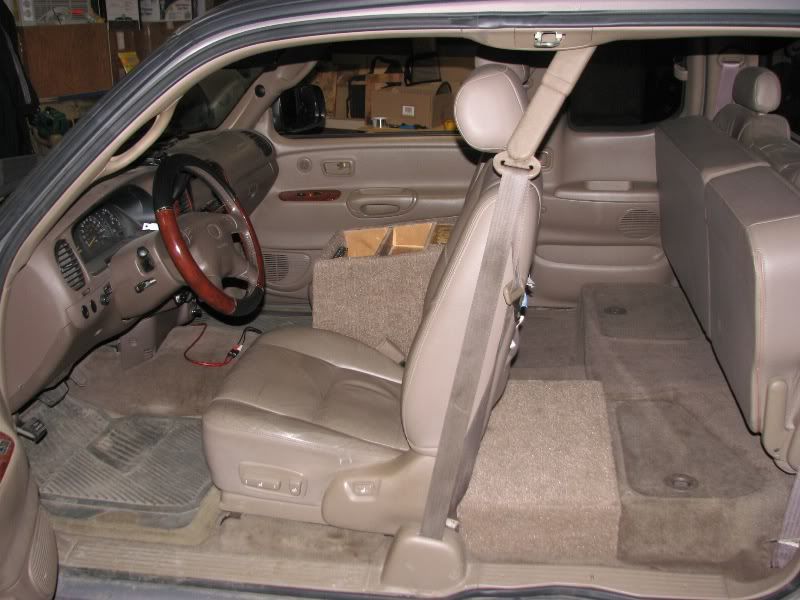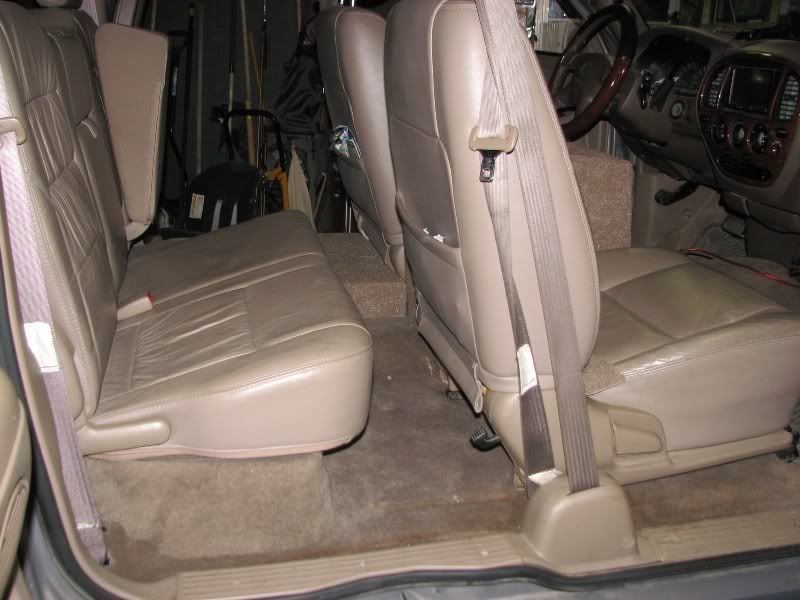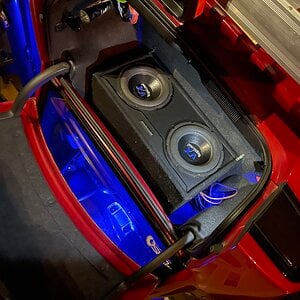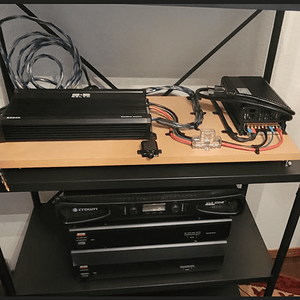keep_hope_alive Premium Member
Acoustics Engineer
I've been building a system for my brother in-law for a while now. working on it when he brings it over. family is free - beer is usually provided.
this one has been interesting and a fun challenge.
Equipment:
Alpine IVA-W200 head unit
MTX TA5302 at 2 ohm stereo
MTX TA5302 at 4 ohm bridged
Ultra 10" sub
Image Dynamics CX62 NX30 component set
Wiring - Streetwires, AudioQuest, Monster Cable
Security - Viper (no pictures will reveal any aspect of the alarm system, just know that you won't find what you need in time to disable it.)
we started with the center console sub enclosure
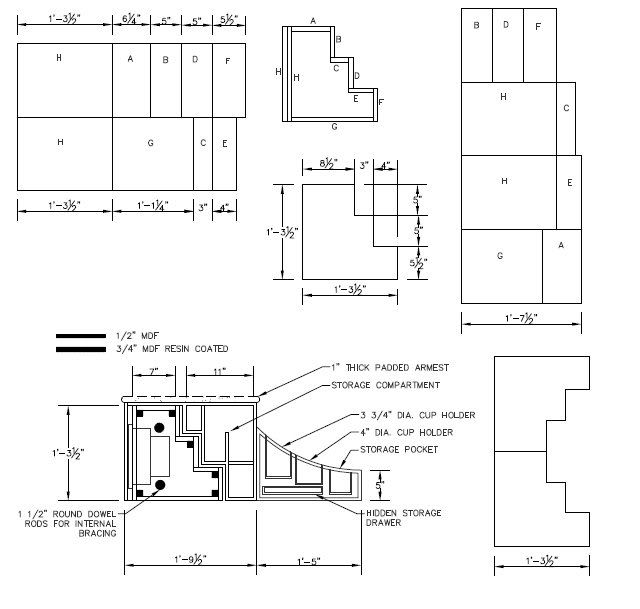
3/4" MDF was used for the entire enclosure. A double thick front baffle was used to recess the Ultra 10" and provide additional strength. The enclosure was sealed with wood glue and clamped. then, i mixed MDF sawdust with wood glue to make a paste that i spread on every internal seam.
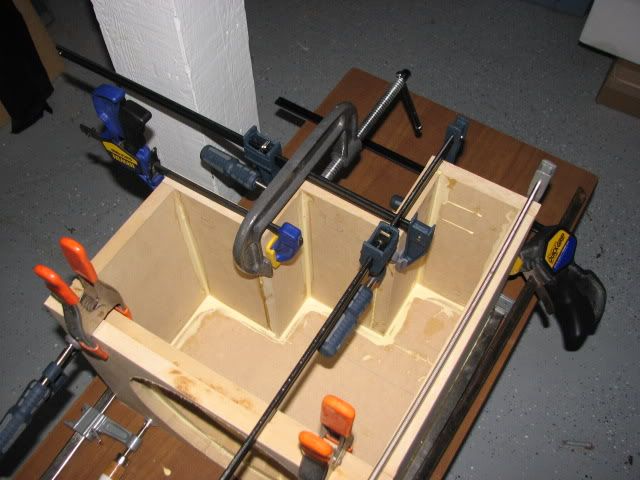
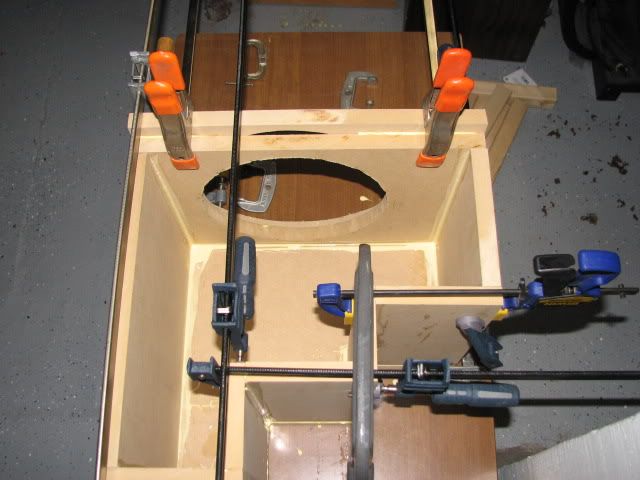
two internal braces were added to prevent any settling over time and add additional strength. the end result inside the enclosure isn't beautiful, but it sure is strong.
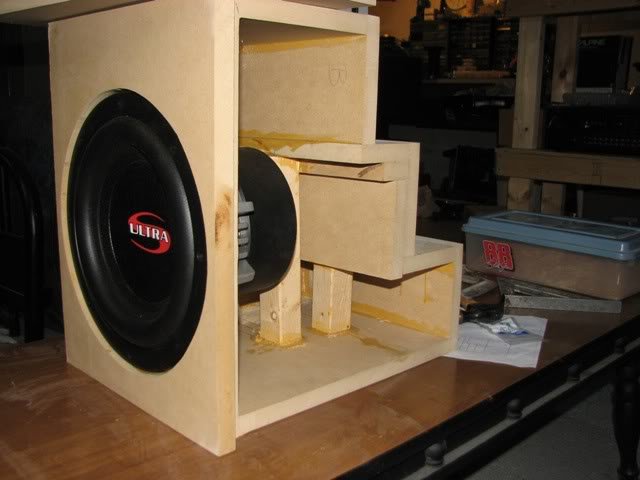
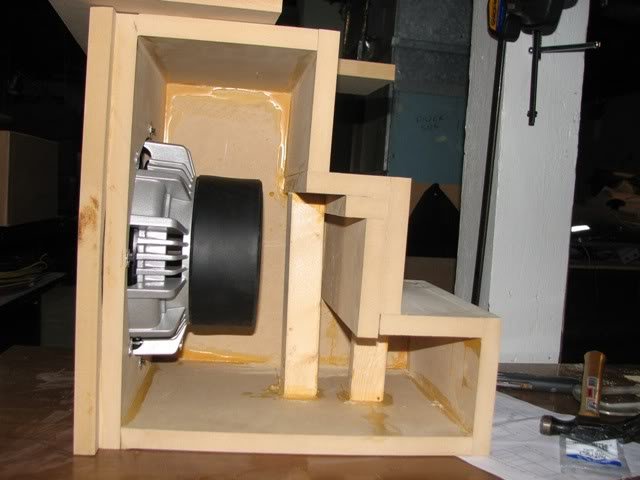
the truck was pretty resonant, so a layer of the cheap stuff (Fatmat) was an inexpensive way to help add some mass to the floor and tranny hump where the sub would play. we did three layers on the top and sides of the tranny hump, and one layer over the entire rear floor. this pic is about 30% complete.
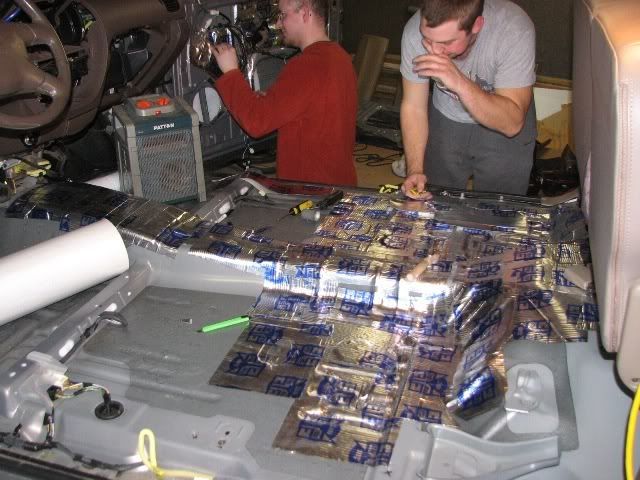
this was a typical end result
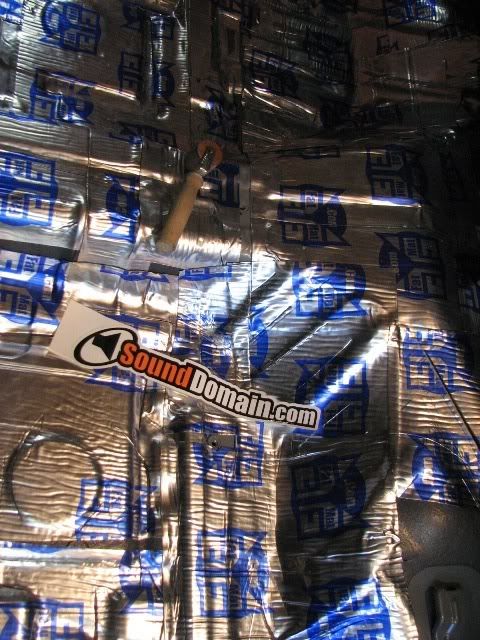
a layer of carpet padding went down to help decouple a layer of thick vinyl to block road noise. we ended up removing some of the vinyl and padding where the seat mounts go.
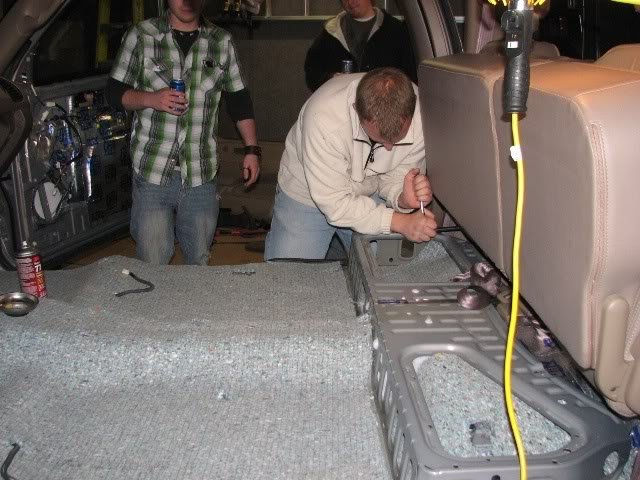
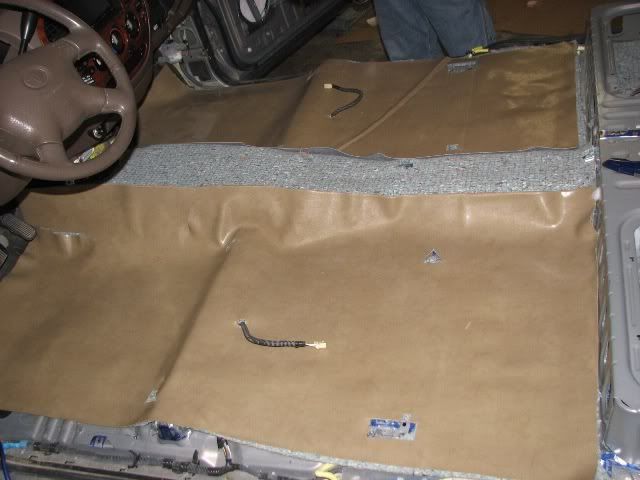
this one has been interesting and a fun challenge.
Equipment:
Alpine IVA-W200 head unit
MTX TA5302 at 2 ohm stereo
MTX TA5302 at 4 ohm bridged
Ultra 10" sub
Image Dynamics CX62 NX30 component set
Wiring - Streetwires, AudioQuest, Monster Cable
Security - Viper (no pictures will reveal any aspect of the alarm system, just know that you won't find what you need in time to disable it.)
we started with the center console sub enclosure

3/4" MDF was used for the entire enclosure. A double thick front baffle was used to recess the Ultra 10" and provide additional strength. The enclosure was sealed with wood glue and clamped. then, i mixed MDF sawdust with wood glue to make a paste that i spread on every internal seam.


two internal braces were added to prevent any settling over time and add additional strength. the end result inside the enclosure isn't beautiful, but it sure is strong.


the truck was pretty resonant, so a layer of the cheap stuff (Fatmat) was an inexpensive way to help add some mass to the floor and tranny hump where the sub would play. we did three layers on the top and sides of the tranny hump, and one layer over the entire rear floor. this pic is about 30% complete.

this was a typical end result

a layer of carpet padding went down to help decouple a layer of thick vinyl to block road noise. we ended up removing some of the vinyl and padding where the seat mounts go.



